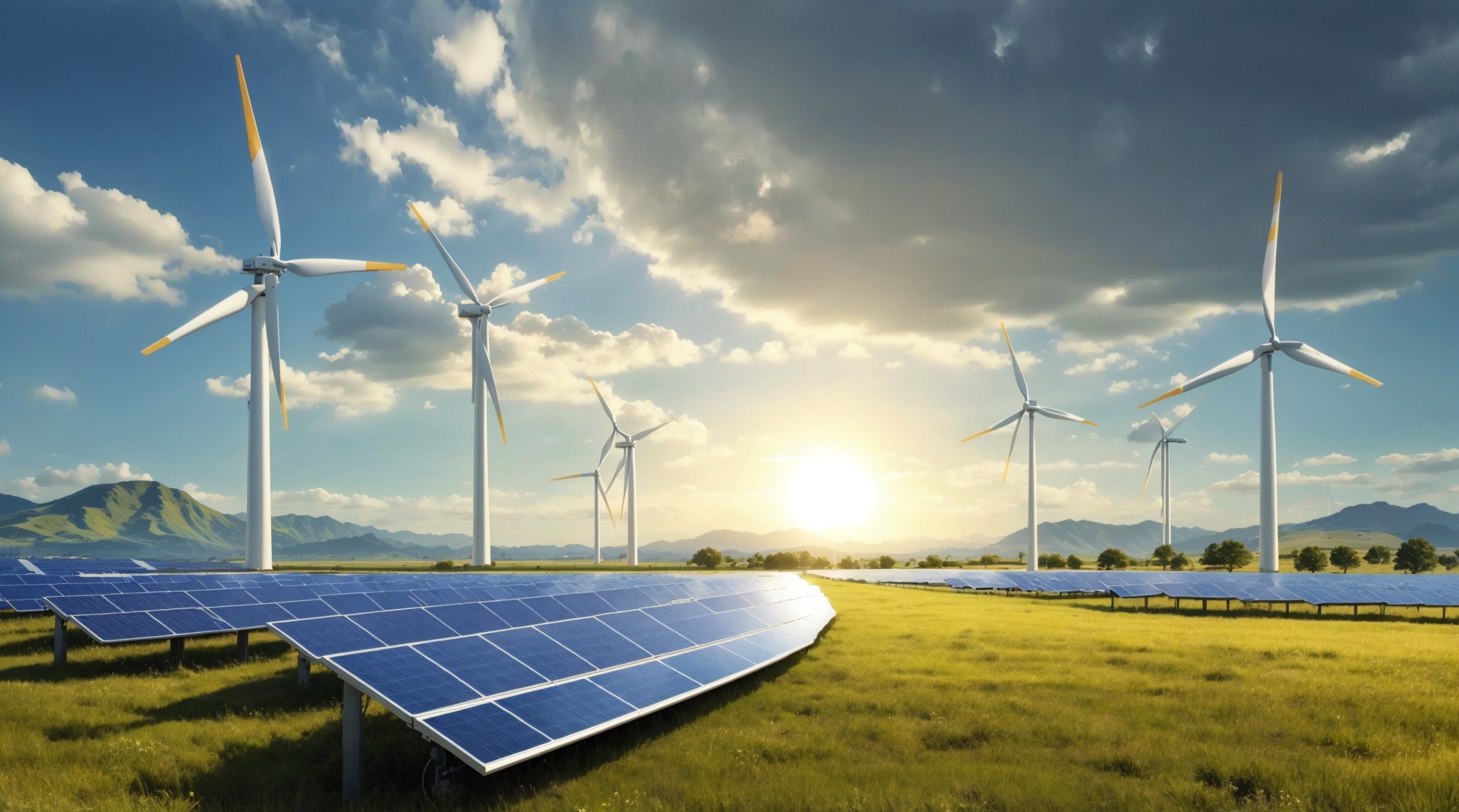(3 Minutes Read)
Botswana has relatively low per capita carbon dioxide emissions—2.27 tons compared to the global average of 4.47 tons. The country’s energy sector accounts for over 80% of its greenhouse gas emissions, most of which are from power generation.
Botswana is focussing on green energy in an unprecedented manner, although carbon emission of the Southern African, middle-income country is well below the global average. Presently, the Morupule B Power Station is the major provider of energy.
Recently, a new 1MW solar power plant was officially launched in Shakawe, located in the North West District, bringing new energy sources to the region, It also introduced a handful of jobs and fresh faces to the village.
The plant is operated by Sturdee Energy, which has entered into a 25-year Power Purchase Agreement (PPA) with the Botswana Power Corporation (BPC). With an impressive 3,200 hours of sunshine annually, Botswana has the potential to become a regional leader in solar-generated green energy, according to Lefoko Moagi, the Minister of Minerals and Energy Resource. He highlighted
Botswana has relatively low per capita carbon dioxide emissions—2.27 tons compared to the global average of 4.47 tons. The country’s energy sector accounts for over 80% of its greenhouse gas emissions, most of which are from power generation.
The new plant aims to secure a total of 1,076 megawatts (MW) of renewable energy, including 636 MW from solar photovoltaic (PV) systems, 200 MW from concentrating solar power, 100 MW from wind, and 140 MW from battery energy storage.
Read Also:
https://trendsnafrica.com/botswana-president-dr-mokgweetsi-masisi-supports-one-china-policy/
The BPC has signed 13 PPAs with various Independent Power Producers (IPPs) for the development and operation of two utility-scale and 10 small-scale grid-tied solar PV plants, two of which are already operational.
He added that the nation’s Integrated Resource Plan (IRP) is guiding the energy transition towards renewables at a satisfactory pace.
The Integrated Resource Plan (IRP) aims to secure a total of 1,076 megawatts (MW) of renewable energy, including 636 MW from solar photovoltaic (PV) systems, 200 MW from concentrating solar power, 100 MW from wind, and 140 MW from battery energy storage.
So far, the BPC has signed 13 PPAs with various Independent Power Producers (IPPs) for the development and operation of two utility-scale and 10 small-scale grid-tied solar PV plants, two of which are already operational.





